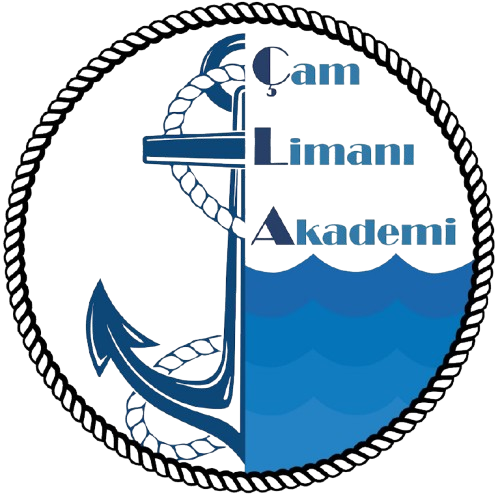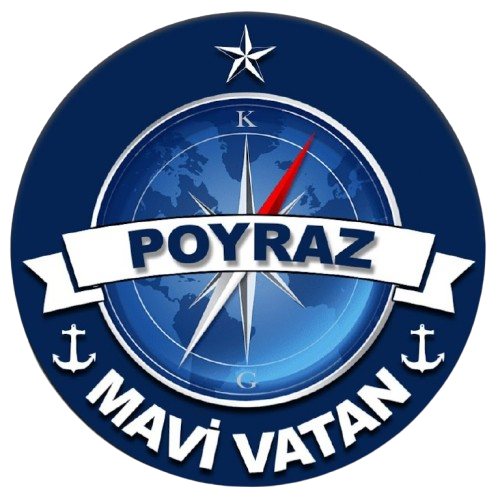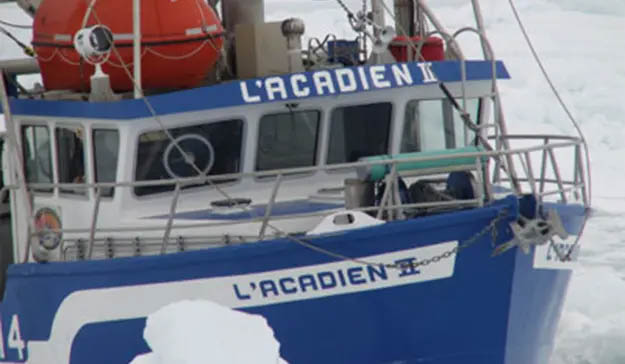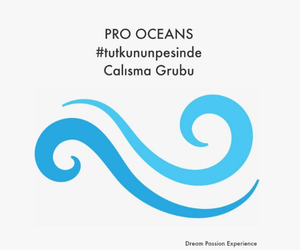L’Acadien II, a Canadian-registered fishing boat, capsized and sank on March 29, 2008, while being towed by the Canadian Coast Guard vessel Sir William Alexander, 18 nautical miles off Cape Breton, Nova Scotia. Of the six crew members on board, only two survived; the remaining four lost their lives. Despite recovery operations, the wreck of the trawler and one missing crew member have not been found. The missing individual is now presumed dead. In response to the tragedy, Canadian authorities initiated separate investigations to determine the cause and circumstances of the incident.
The L’Acadien II was a small, enclosed fishing vessel featuring a welded aluminum hard-chine hull design. Below the main deck, the hull was divided into compartments by three watertight bulkheads. These sections included, from bow to stern: the crew living quarters, the galley and engine room, the fish storage hold, and a lazarette, which housed the hydraulic steering system along with fuel and ballast tanks. The wheelhouse was positioned in a deck structure slightly forward of midship, with a single weathertight door on the starboard side providing access to the main deck toward the rear. In 2004, the vessel’s hull was strengthened for ice navigation during the seal hunt by adding a 12.7 mm aluminum doubling plate along the waterline over the original hull plating.
On the morning of March 28, 2008, L’Acadien II departed from the Magdalen Islands with a crew of six to participate in the 2008 Canadian commercial seal hunt. Later that day, while navigating through ice floes northeast of Neil’s Harbour, Nova Scotia, near Cape Breton Island, the vessel lost its rudder. A distress call was made to the Canadian Coast Guard, prompting the Sir William Alexander to respond and provide towing assistance.
Capsize and Sinking
According to witness accounts, the Sir William Alexander was towing at an excessive speed and did not notice that L’Acadien II had veered into a large ice formation, causing it to capsize at approximately 46°49′17″N 60°3′59″W.
A report released later that year by the Transportation Safety Board (TSB) concluded that the fishing vessel’s clutch was likely engaged in the forward position while the engine was running as it deviated from its towing path. This, in combination with the rudder being turned, likely caused the vessel to veer to port and collide with the ice.
The impact with the ice, coupled with the forward propulsion of L’Acadien II, the force and angle of the towline, and the momentum of the Sir William Alexander, caused the fishing vessel to be pushed partly onto the ice before rolling back into the water on its starboard side, ultimately leading to its capsizing.
Navy divers conducted a search for four crew members who had been sleeping below deck at the time. Rescue efforts were supported by a Cormorant helicopter and a Hercules aircraft. At one point following the incident, the overturned vessel was secured alongside the Coast Guard ship.
Rescue and Recovery
During the incident, two crew members who were on the upper deck were rescued by a nearby fishing vessel, the Madelinot War Lord, and later transferred to the Sir William Alexander. A Coast Guard helicopter then flew the survivors back to the Magdalen Islands. Navy divers recovered the bodies of three crew members who had perished: Bruno Bourque, the vessel’s owner and captain; Gilles Leblanc, believed to be in his 50s; and Marc-André Deraspe, in his early 20s. One crew member, Carl Aucoin, remains missing and is presumed to have died in the sinking.
By the afternoon of March 29, the active search effort was scaled back, and the investigation was handed over to the Royal Canadian Mounted Police (RCMP).
Fisheries and Oceans Canada (DFO) resumed efforts to locate Carl Aucoin and recover the wreck of L’Acadien II on April 3. Since then, DFO issued daily updates on the search through its website. The Coast Guard vessels George R. Pearkes, Edward Cornwallis, and Terry Fox participated in the search, using the vessel’s last reported position, drift models, and current ice conditions as guidance. Aerial reconnaissance was provided by Canadian Forces aircraft, including the Aurora patrol plane, while military divers remained on standby to begin recovery operations once the vessel was found. The Transportation Safety Board was also involved in overseeing the mission.
The TSB investigation concluded that L’Acadien II capsized due to factors related to its design and construction, noting that the vessel was neither originally built nor properly modified to safely operate in icy conditions.
However, poor weather—especially dense fog and low clouds—severely affected visibility and hindered the operation. On April 10, DFO announced that the Coast Guard would end the recovery mission. By that time, the search had covered roughly 9,800 square nautical miles.
Aftermath
On April 2, the Sea Shepherd Conservation Society issued a statement acknowledging the loss of four sealers as a tragedy, but also claiming that the mass killing of seal pups during the commercial seal hunt was, in their view, an even greater tragedy. In the release, Sea Shepherd founder Paul Watson made controversial remarks, comparing the fear experienced by sealers during the sinking to that of helpless seal pups on the ice. He described the seal hunt as cruel and referred to the hunters in harsh terms, stating that while some may be offended, he believed his characterization reflected the brutal reality of the practice.
The Royal Canadian Mounted Police (RCMP) reviewed the circumstances surrounding the incident, while the Transportation Safety Board (TSB) launched its own independent investigation. In addition, the Canadian Coast Guard carried out an internal review, which included an evaluation of its towing protocols. The final report from this review was submitted to the Minister of Fisheries and Oceans and the Coast Guard Commissioner on November 26, 2008.
The report also highlighted several ongoing safety risks that could lead to similar accidents:
- The Canadian Coast Guard lacked a thorough and standardized set of safety policies, procedures, and guidelines for towing small vessels through ice.
- Many small fishing boats continue to participate in the seal hunt despite not being equipped or built for navigating ice-covered waters.
Additional findings from the TSB report included:
- The emergency position-indicating radio beacon (EPIRB) aboard L’Acadien II did not transmit a signal.
- Language differences did not hinder communication between the vessels involved.
In response to Watson’s comments, Elizabeth May, leader of the Green Party of Canada, announced on April 3 that she was stepping down from her role on the Sea Shepherd Conservation Society’s advisory board.
THE SCUBA NEWS Link !
DemirHindiSG 12 Ağustos 2025-20:06







